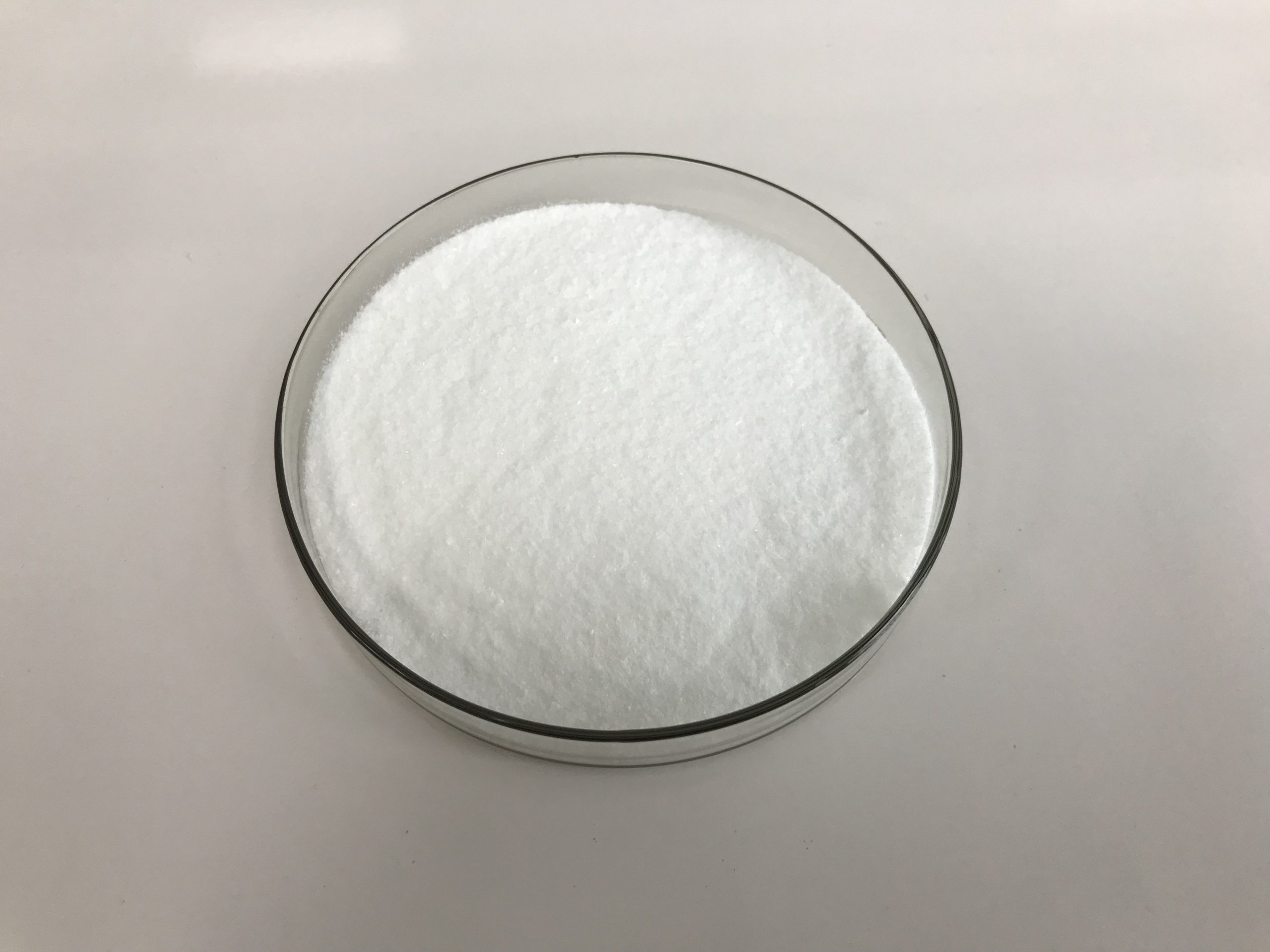Ivermectin is a medication that belongs to a class of drugs known as anthelmintics. It is primarily used to treat infections caused by parasitic worms and certain ectoparasites. Ivermectin was discovered in the late 1970s and has been widely used to treat various parasitic infections in both humans and animals.
In humans, ivermectin has been approved for the treatment of several parasitic infections, such as river blindness (onchocerciasis) and threadworm infections (strongyloidiasis). It has also been used off-label for conditions like scabies and head lice infestations.
It’s important to note that while ivermectin is effective against certain parasites, it is not a broad-spectrum antiviral or antibacterial medication. In recent times, there has been some controversy surrounding the use of ivermectin for the treatment of COVID-19, with conflicting studies and opinions on its effectiveness. As of my last knowledge update in September 2021, the use of ivermectin for COVID-19 was not widely recommended by health authorities due to the lack of sufficient evidence and the potential for side effects when used inappropriately.

For accurate and up-to-date information about the uses and recommendations for ivermectin, especially in the context of COVID-19, it’s best to consult with healthcare professionals and refer to reputable sources such as the World Health Organization (WHO) and the Centers for Disease Control and Prevention (CDC).
Basic Ingredients of Ivermectin
Ivermectin is a medication that’s used to treat parasitic infections in humans and animals. It’s commonly used to treat conditions like river blindness, strongyloidiasis, and scabies. The exact formulation of Ivermectin can vary depending on the manufacturer and the specific product, but generally, the basic ingredients of Ivermectin include:
Ivermectin: This is the active pharmaceutical ingredient (API) and the main component of the medication. Ivermectin is derived from the fermentation of a soil bacterium called Streptomyces avermitilis.
Excipients: These are inactive substances that are included in the formulation of the medication to aid in its stability, absorption, and other factors. Common excipients found in Ivermectin formulations may include binding agents, fillers, disintegrants, and lubricants. These excipients help in forming the final tablet or formulation of the medication.
Binder: A binder is used to hold the ingredients together in the tablet and provide cohesion to the formulation.
Filler: Fillers, also known as diluents, are added to increase the bulk of the tablet and ensure proper tablet size and weight.
Disintegrant: Disintegrants are added to help the tablet break apart or disintegrate when it comes into contact with moisture or bodily fluids. This aids in the tablet’s dissolution and absorption.
Lubricant: Lubricants are included to prevent sticking of the tablet material to the manufacturing equipment and to aid in the smooth production of tablets.
Other additives: Depending on the formulation, other additives might be included to enhance stability, shelf life, taste, or appearance.
It’s important to note that the specific formulation and ingredients of Ivermectin products can vary between different manufacturers, dosages, and forms (such as tablets, creams, or solutions). Always refer to the product packaging and information provided by a healthcare professional for accurate and up-to-date information about the specific Ivermectin product you are using. Additionally, the use of any medication should be done under the guidance of a medical professional, as they can provide appropriate advice and dosing instructions based on your individual health condition.
